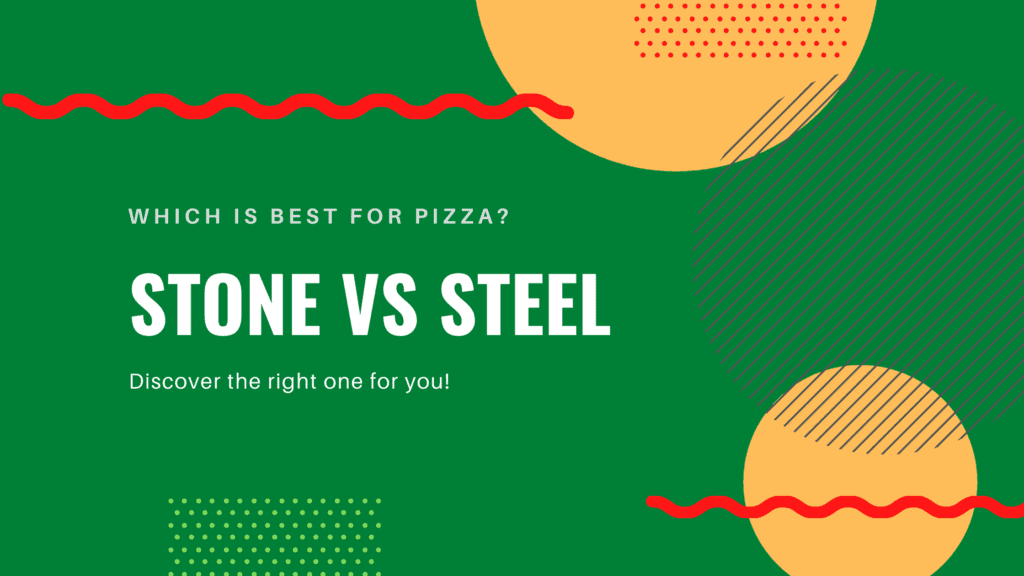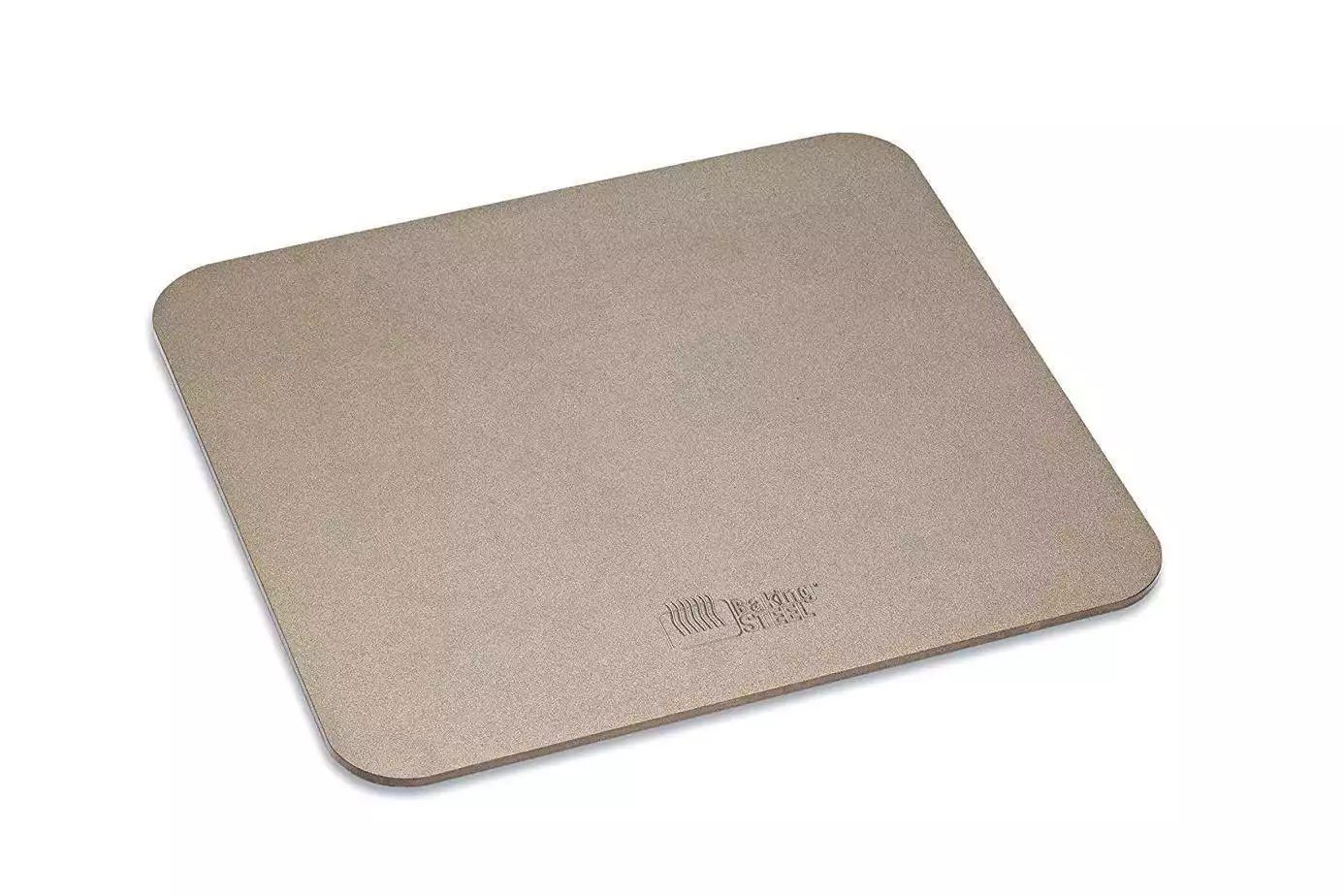Welcome to the epic battle of the baking surfaces! In the left corner, we have the tried-and-true champion, the pizza stone. In the right corner, we have the newer, superconductive contender, the pizza steel. Both are seeking the title of the “Best Baking Surface” for crafting the perfect home-cooked pizza.
Pizza stones have long held a solid reputation in home kitchens and pizzerias for their ability to deliver a consistently crispy crust. But recently, pizza steels have been gaining popularity, boasting faster cooking times and more intense caramelization of the crust. Each has its own unique strengths and weaknesses, but the question remains: which one is the right choice for you?
This post will delve into the key differences between these two formidable opponents, including their heat conduction abilities, durability, maintenance needs, and the quality of the pizza they produce. We’ll also discuss the factors you should consider when choosing between a pizza stone and a pizza steel for your home.
So, if you’re a pizza enthusiast seeking to level up your homemade pizza game, or just someone curious about the best ways to achieve that perfect, pizzeria-style crust in your own kitchen, then this post is for you. Read on to explore the pizza stone vs pizza steel showdown and find out which one emerges victorious!
Let’s get started!
Here’s What You Will Find:
Pizza Stone vs Steel
Pizza stones and pizza steels are both excellent tools for baking pizzas at home, but they offer different benefits and drawbacks. Pizza stones, traditionally made from cordierite or ceramic, are beloved for their ability to absorb moisture from the dough, leading to a crispy, evenly baked crust. They also retain heat well, ensuring a consistent temperature throughout the baking process. However, they can be somewhat fragile and require a longer preheating time.
On the other hand, pizza steels, made from ultra-conductive carbon steel, are known for their impressive heat transfer properties. This allows for faster cooking times, often resulting in a well-browned, beautifully caramelized crust. Steels are virtually indestructible and typically reach higher temperatures than stones. However, they can be heavy, more expensive, and may need extra care to prevent rusting.
When choosing between the two, factors such as your budget, baking preferences, and how often you plan to bake pizzas at home should be considered. Ultimately, both pizza stones and steels can help you achieve a delicious, pizzeria-quality pizza in your own kitchen.
Pizza Stone vs Steel Compared
| Features | Pizza Stone | Pizza Steel |
|---|---|---|
| Material | Ceramic or Cordierite | Carbon Steel |
| Heat Retention | Good | Excellent |
| Heat Transfer | Moderate | Very High |
| Preheat Time | Longer | Shorter (15-30 minutes) |
| Baking Time | Longer | Shorter |
| Crust Quality | Crispy, Evenly Baked | Well-Browned, Caramelized |
| Durability | Fragile, can crack if mishandled | Very Durable, nearly indestructible |
| Maintenance | Minimal, but avoid soap | Requires occasional oiling to prevent rust |
| Price | Generally cheaper | Generally more expensive |
| Weight | Lighter | Heavier |
Do You Need a Pizza Stone or Pizza Steel to Make Pizza?
A pizza stone and steels are significant options that kick your homemade pizza up a notch. The basic concept of these tools is that they conduct heat and hold it very well.
The conductive service of the stone or steel is meant to cook your pizza quickly and evenly. This process will result in a crispy and more flavorful pizza than other cooking methods.
Being able to make a fantastic pizza at home beats waiting on delivery. Making your pizza at home is relatively easy, and you can make it with the exact combination of pizza toppings you like.
After a few trials, you can nail your favorite recipe. Once you are ready to up your pizza-making game, you will want to ditch the sheet pan and invest in a tool that will trick your taste buds into thinking your pizza just came out of a wood-fired oven.
When making pizza at home, we are trying to get as close as possible to what you would find at your local pizzeria. Or better yet, what you get on the streets of Naples, the traditional Neapolitan pizza made in old-fashioned wood-fired ovens.
Pizza Steel vs. Stone: Why You Need One?
Most people will tell you that you need to get a stone or baking steel to make pizza at home. But usually, they don’t tell you why you need it and what are the benefits of having one.
Find why they are not just another kitchen gadget but the road to perfection.
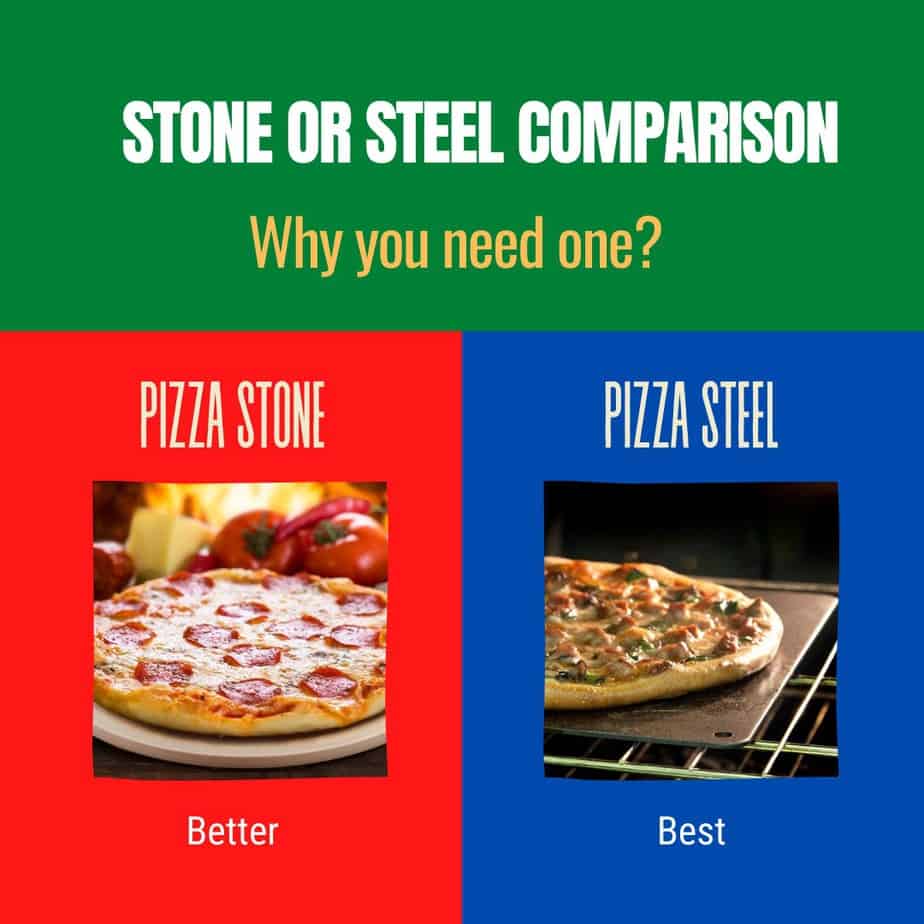
Features of Using Pizza Stone or Steel
There are three features that you will accomplish:
Appearance – A defining feature of Neapolitan-style pizza is the appearance of little black burned spots on pizza, known as “leoparding” or “leopard spotting,” widely viewed as a desirable trait.
Leopard Spotting
Achieving true leoparding on a home oven is exceedingly difficult, but you’ll get close if you use a pizza steel.
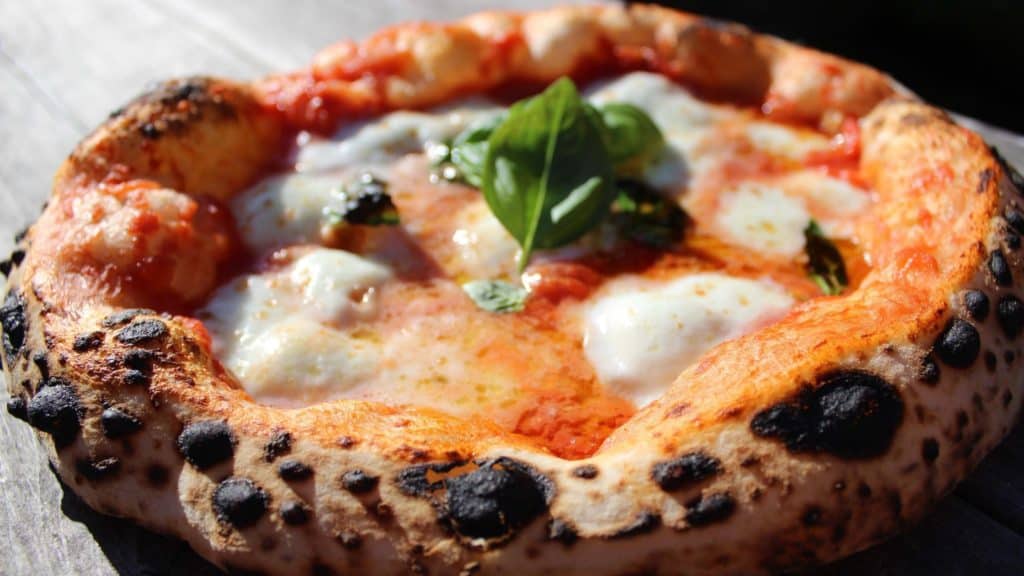
Texture – A good pizza results in a crispier, browner crust and superior flavor when compared to pizza made on a baking sheet.
Taste – This is not just about cosmetics; this is about taste. We want a noticeably crispier texture and a top-quality flavor.
The extreme temperatures reached by stones and steel cause chemical changes — not only in the crust but in the sauce and cheese layer— that make the pizza taste like more than just bread, sauce, and cheese and top of each other.
What is a Pizza Stone?
Also known as a baking stone, it is what it sounds like—virtually a piece of flat stone, clay, or ceramic that sits on a rack in the oven.
The stone will heat up evenly and retain the heat, leading to a more evenly cooked pizza with a crispier crust. A baking stone has a porous surface, allowing steam to evaporate, which ends up with a crispier pizza crust.
Pizza Stone
Baking stones can be round or rectangular and can also be used for cooking other items such as cookies or bread. Baking stones come in different thicknesses. The thicker stones tend to work better and are more durable; however, they are more expensive and take longer to heat up.

How to Use a Pizza Stone
Place your stone in a cold oven and allow it to reach a temperature as you are preheating your oven. You can try using your stone on different racks.
Typically, the lowest shelf or even the oven floor is best. However, you can play with it to get your desired pizza crust.
Steps to using a pizza stone:
- Place your stone into the lowest rack of the oven.
- Preheat the oven to 500°F in the “Bake” setting.
- Let the stone heat up for 1hr before using it.
- You will slide your pizza onto the stone and bake until the cheese is lightly browned.
- Remove the pizza and turn off the oven. Leave the stone in the oven to cool down slowly.
You can even leave the stone in your oven permanently when you are done.
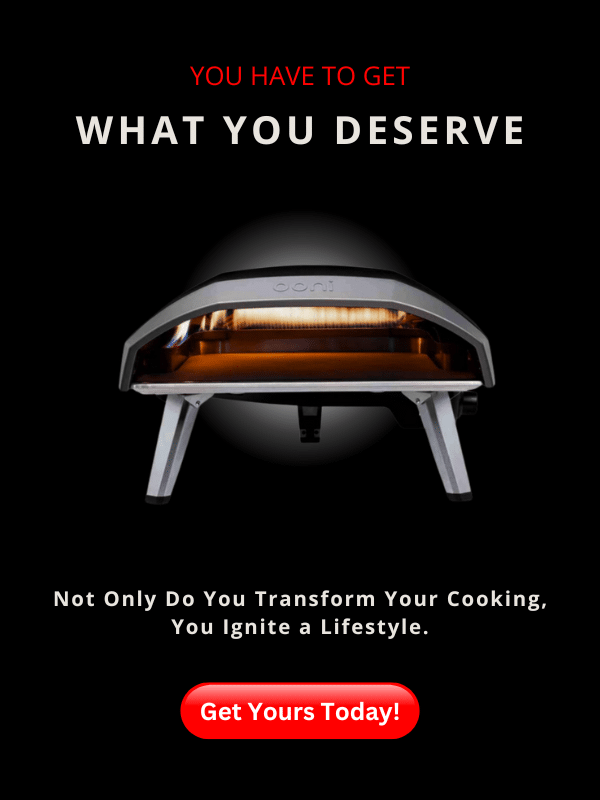
Maintenance and Cleaning for your Pizza Stone
Pizza stones are more susceptible to cracking or breaking over time. The stone may also shatter if it is exposed to rapid temperature change.
The stone’s excellent advantage is that you can put it in the oven and never take it out, making for a low-maintenance pizza cooking solution!
Pizza Stone Storage
Leaving your stone in the oven will help equalize your heat and make it less likely to be damaged while taking it in and out of the oven.
Leaving your stone in the oven will cause your oven to preheat more slowly, which is a trade-off. You will not have to find a place to store it in your kitchen if you always leave it in the oven!
Cleaning your Pizza Stone
To clean your stone, make sure that it is at room temperature. Due to the porous surface, never clean your stone with something that would not be safe if you were to eat it.
Wipe your stone with a cloth, gently scraping off any stuck-on bits.
If you need to clean it further or get off a stubborn spot, make a paste of water and baking soda and delicately spot-clean the surface with a brush or a soft cloth.
What not to do with your pizza stone:
- Please do not wash it with a dishwasher.
- Rinse to clean, and never use soap or detergent as it may be absorbed and affect the taste of foods.
- Never season the pizza stone with oil or grease.
Things to Avoid with a Pizza Stone
Due to the baking stone’s susceptibility to thermal shock, you want to avoid placing the hot stone on a cold countertop. Cooking a frozen pizza (or other frozen foods) is also not advised. You should never add a cold stone to a hot oven, as this will cause it to crack.
You should also avoid cooking meats or other foods with high fat content. The moisture released during cooking will soak the stone’s porous surface and cause problems later.
Do not add grease or oil to your stone.
If you feel your pizza might stick to the stone, add a bit of cornmeal to aid you in taking out pizzas or loaves of bread. If possible, do not soak your stone, and be sure not to use metal utensils while cleaning as this can damage the stone’s surface.
Pro Tip
Adding course cornmeal to the pizza peel just before setting the pizza to the stone or steel makes it easier to slide on and off.
What is a Pizza Steel?
Baking Steel, also known for cooking pizza, was created by a steel mill operator who loves pizza. Steel conducts heat evenly and quickly, making it excellent for baking pizza. It is also almost indestructible, making it an excellent investment for a piece of kitchen equipment.
Pizza Steel
Baking steels come in a few different thicknesses. Thicker steel will hold more energy, meaning it will cook faster, regulate oven temperatures better, and be better when you use it for cold purposes. Just like stone, thicker steel will typically be more expensive.
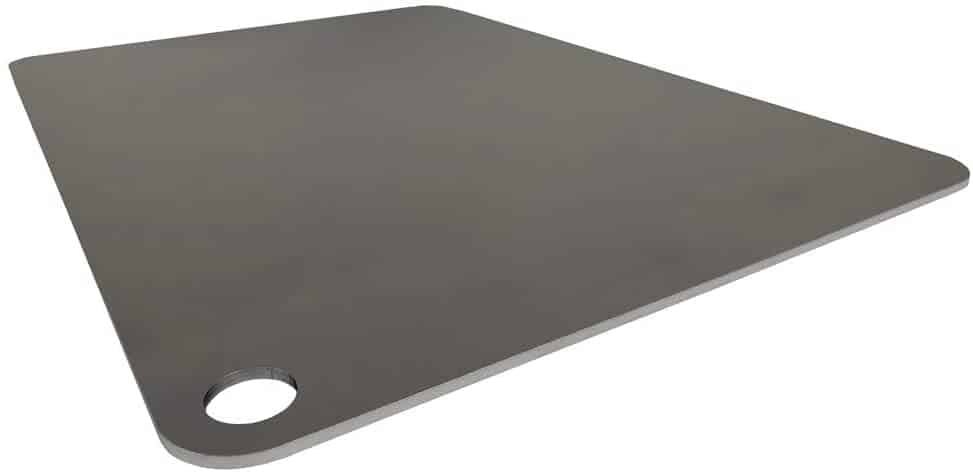
The steel heats very efficiently. The heat from the steel will move quickly to the pizza crust that is resting on its surface.
This heating method will shorten your cook time versus using a baking stone. You can also use the steel as a griddle on your stovetop or even try freezing it to try new cooking techniques.
How to Use a Baking Steel
Your baking steel is best used on the bottom rack of your oven. After preheating your oven, you can slide the pizza onto the steel.
About halfway through your cook time, you may want to rotate the steel 180 degrees. Remove your pizza when cooked and leave the steel in the oven to cool off gradually.
You can also use your broiler to give the top of your cheese a nice blast of heat before you pull it out.
Steps to using a pizza steel:
- Place your steel into the lowest rack of the oven.
- Preheat the oven to 500°F in the “Bake” setting.
- Let the steel heat up for 1hr before using it.
- You will slide your pizza onto the steel about halfway through your cook time, rotate the pizza 180 degrees, and bake until the cheese is lightly browned.
- Remove the pizza and turn off the oven. Leave the steel in the oven to cool down slowly.
Pizza Pun
Never date a pizza baker
They’re too kneady.
Maintenance and Cleaning of Your Pizza Steel
Caring for your new steel is relatively easy. Baking steels are very durable and can last a lifetime. You will appreciate that the material is strong enough to withstand an accident.
Steels also have an advantage over stones when it comes to thermal shock. Because they are immune to thermal shock, they will not shatter or break under these circumstances.
Clean your steel with hot water and a brush. Do not use soap to clean it. Dry the steel entirely and store it in a dry environment. Keep your steel away from moisture to prevent rusting. Your steel will take on a darker patine with extended use, which is normal.
Like other steel kitchen equipment, your steel is expected to take on a dark patina over time.
Occasionally seasoning your steel with a light oil coating is recommended from time to time, just like you would a cast-iron skillet.
Things to Avoid with a Pizza Steel
Avoid using soap on your baking steel; do not let it air dry. Water can cause rust on your baking steel, so always dry it thoroughly with a towel.
Do not put your hot steel into cold water; while it should not break under these circumstances, it can cause the metal to warp.
Pizza Stone vs Pizza Steel: Similarities and Differences
Both the stone and steel will give you a pizza with better taste and texture. These two alternatives heat evenly to ensure that your crust is cooked entirely.
Shape and Size
Baking steels typically come in only one or two sizes. Stones come in a wider variety of shapes and sizes, with more options for every budget.
Pre-Heating and Thermal Conductivity
The difference between the two is not as big as expected; the steel still requires a substantial preheating time to be at its best — about an hour, the same as with a stone.
Thermal conductivity for steels is about 14 watts per meter kelvin. For ceramics, it’s about four watts per meter kelvin. So, the thermal conductivity of metal pans is about four times higher than that of ceramics.
Thermal Conductivity
Thermal conductivity (often denoted by κ) refers to the ability of a material to transfer or conduct heat. It is one of the three methods of heat transfer, the other two being convection and radiation.
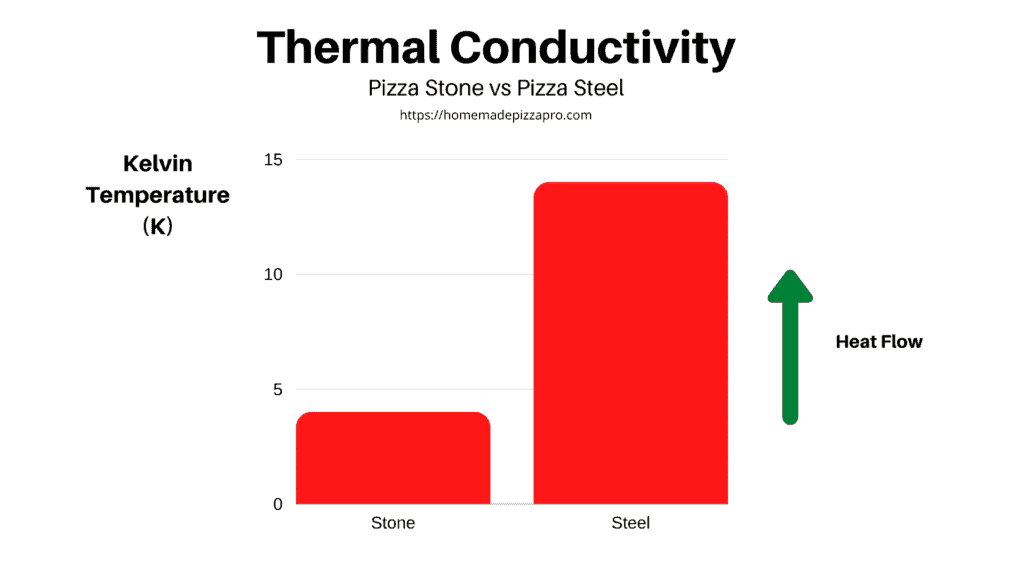
Heat Retention
A downfall of pizza stones is that they have low heat retention and lose heat after baking a pizza.
If you are baking more than one pizza, this could be a problem because you will need additional time and electricity to return the temperature to the stone.
Pizza steels hold the temperature for extended periods.
Weight
Pizza steels are about 50 percent heavier than any particular stone, so even though steel conducts heat better, the extra mass just needs extra time to heat up.

Pros and Cons of Pizza Stones
Pros
- Multiple Uses
- Less Expensive
- Lighter Weight
- Easier Storage
Cons
- Less Durable
- Low Heat Retention
- Low Thermal Conductivity
- Softer Crust

Pros and Cons of Pizza Steel
Pros
- High Thermal Conductivity
- High Heat Retention
- Durable (Lifetime)
- Requires Additional Storage
Cons
- Pricey
- Fewer Shapes & Sizes
- Heavy
- Crispier Crust
Factors to Consider when Buying a Baking Stone or a Baking Steel
Price
Usually, a baking stone will cost around $30 to $60, depending on the size, thickness, and brand. Baking steel will run about $60 to $100, depending on the size, thickness, and brand.
While the two products have a price difference, they have different features. Pizza stones will have more uses for various cooking scenarios, while pizza steels can be used cold and are also the more durable of the two items.
Thickness and Shape
Another factor to consider is thickness. Both the stone and the steel have a couple of thickness options. The thicker ones will cost a bit more and take more time to heat up but they will cook more evenly than a thinner stone.
If you are leaning towards a baking stone, consider purchasing a rectangular-shaped one. This shape will give you more surface area to work with when making your pizza and be handier if you bake other things, such as cookies.
Pizza Stone or Baking Steel: Which is the Right Pizza Surface for You?
The pizza stone is probably the best option if you are looking for an all-around kitchen baking tool. In addition to pizza, you can use this tool for baking bread, and cookies, heating leftovers, and more.
Also, the stone is typically more affordable, even going up to a thicker width.
Among pizza baking surfaces, steel is a better option for you if you want to use it when it is cold, such as for a cold sushi platter or as an anti-griddle for quickly cooling down sauces, or to use to make your own rolled ice cream.
Being extremely heavy-duty makes up for the higher price point if you are concerned about dropping or damaging it.
If budget is a significant factor, choose the baking stone. It will make a great pizza without breaking the bank, and you can always upgrade to steel later.
However, if you make pizza regularly and are serious about the quality of your crust, pizza steel is the way to go.
Here’s What the PROs at Homemade Pizza Pro Use and Recommend
The Original Baking Steel is your secret weapon for recreating pizzeria-quality pizzas right in your home kitchen. Crafted from ultra-conductive steel, this game-changing tool captures and radiates heat with remarkable efficiency, ensuring a perfectly crisp, evenly baked crust every time.
It's not just for pizzas; use it for baking breads, roasting veggies, or even searing meats to culinary perfection. Durable, versatile, and easy to use, the Baking Steel is a true champion of home cooking that will elevate your baking game to professional heights.
Say goodbye to soggy, undercooked crusts and hello to the tantalizing taste of impeccably baked goods with The Original Baking Steel!
Where to Buy a Pizza Stone or a Pizza Steel
Pizza stones and steels are readily available at most department stores, baking supplies stores, and online. Here are our favorites from Amazon.
 Thermichef by Conductive Cooking
Thermichef by Conductive Cooking
Restaurant quality pizza is now achievable without an expensive brick-oven stove or stone. Introducing the ultra-conductive Square Pizza Steel from Conductive Cooking! We made the ultimate cooking plate for home chefs to help them create the perfect brick-oven like pizza.
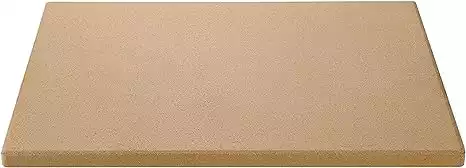 Unicook Heavy Duty Pizza Grilling Stone
Unicook Heavy Duty Pizza Grilling Stone
Unleash the hidden chef in you with the Unicook Heavy Duty Pizza Grilling Stone. This exceptional tool, crafted from durable cordierite material, promises to transform your homemade pizzas into culinary masterpieces. Its thermal shock resistance ensures that it can withstand extreme temperatures, from the high heat of your oven or grill to the cool countertop post-baking.
Heat resistant up to 1,450°F (787°C).
The Unicook Pizza Stone evenly distributes heat for a consistently crisp and beautifully browned crust every time, while its porous surface absorbs excess moisture, bidding goodbye to the dreaded soggy crust. Its considerable size makes it perfect for baking family-sized pizzas, bread, biscuits, and more. Step into a world of unmatched flavor and crispness with the Unicook Heavy Duty Pizza Grilling Stone—your gateway to a home pizzeria experience.
The Original Baking Steel is your secret weapon for recreating pizzeria-quality pizzas right in your home kitchen. Crafted from ultra-conductive steel, this game-changing tool captures and radiates heat with remarkable efficiency, ensuring a perfectly crisp, evenly baked crust every time.
It's not just for pizzas; use it for baking breads, roasting veggies, or even searing meats to culinary perfection. Durable, versatile, and easy to use, the Baking Steel is a true champion of home cooking that will elevate your baking game to professional heights.
Say goodbye to soggy, undercooked crusts and hello to the tantalizing taste of impeccably baked goods with The Original Baking Steel!
The Last Slice
In wrapping up the pizza stone vs steel debate, it’s clear that both options offer unique advantages and can significantly elevate your homemade pizza game. If a robust, long-lasting baking surface that heats rapidly and yields a gorgeously caramelized crust appeals to you, then steel might be your pick in the pizza stone vs steel match-up. Conversely, if you appreciate a crispy, uniformly baked crust and prefer a more budget-friendly, lighter alternative, then a pizza stone might win your vote.
In the grand scheme of pizza stone vs steel, the ideal choice hinges on your personal preferences, the frequency of your pizza-baking endeavors, and your financial considerations. Regardless of your pick, the key is to relish the experience of crafting and enjoying delectable homemade pizzas. After all, in the heart of the pizza stone vs steel debate, the joy comes from a well-made, homemade pizza, no matter the baking surface.
Additional Pizza Stone Resources
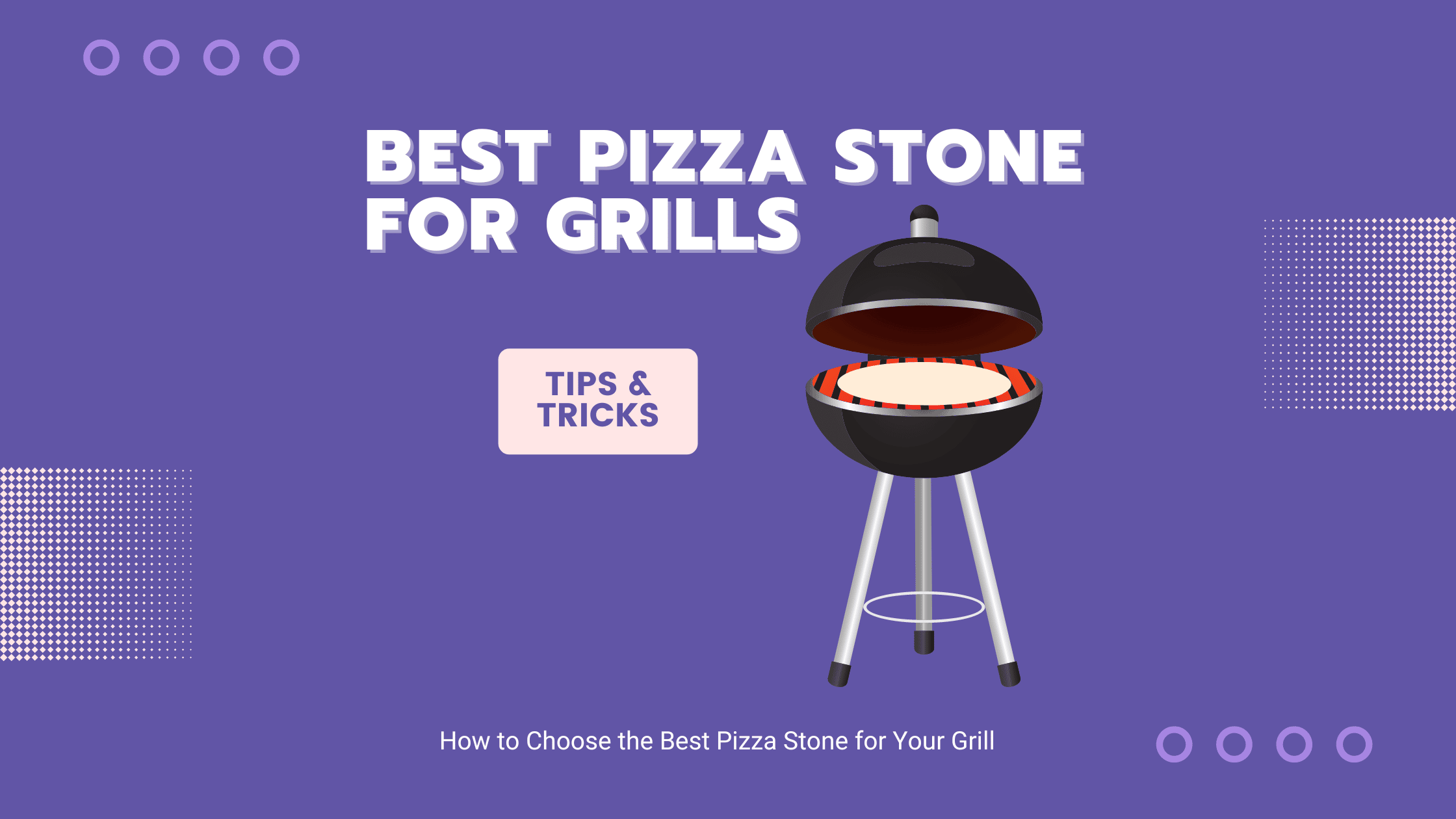
Best Pizza Stones for Grills in 2023
the PROs
Best Pizza Stones for Grills Do you know which is the best pizza stone for a grill? Pizza stones for …

Cooking Frozen Pizza on a Pizza Stone: How to Achieve a Crispy Crust Every Time
the PROs
If you’re looking to elevate your frozen pizza game and achieve that perfect crispy crust, then cooking frozen pizza on …
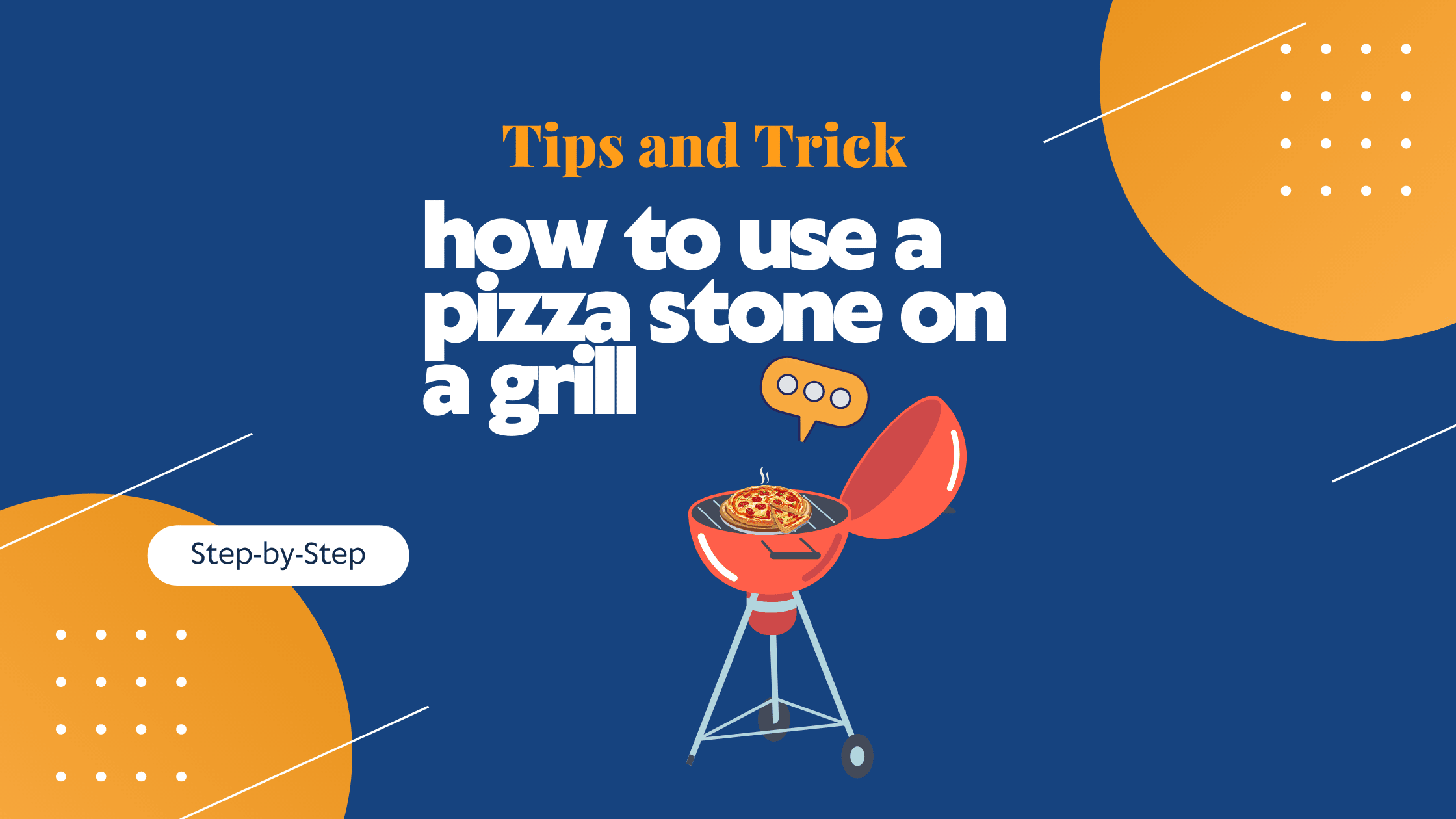
How to Use a Pizza Stone on a Grill (#1 Beginner’s Guide)
the PROs
How to Use a Pizza Stone on a Grill Quick question: do you know how to use a pizza stone …
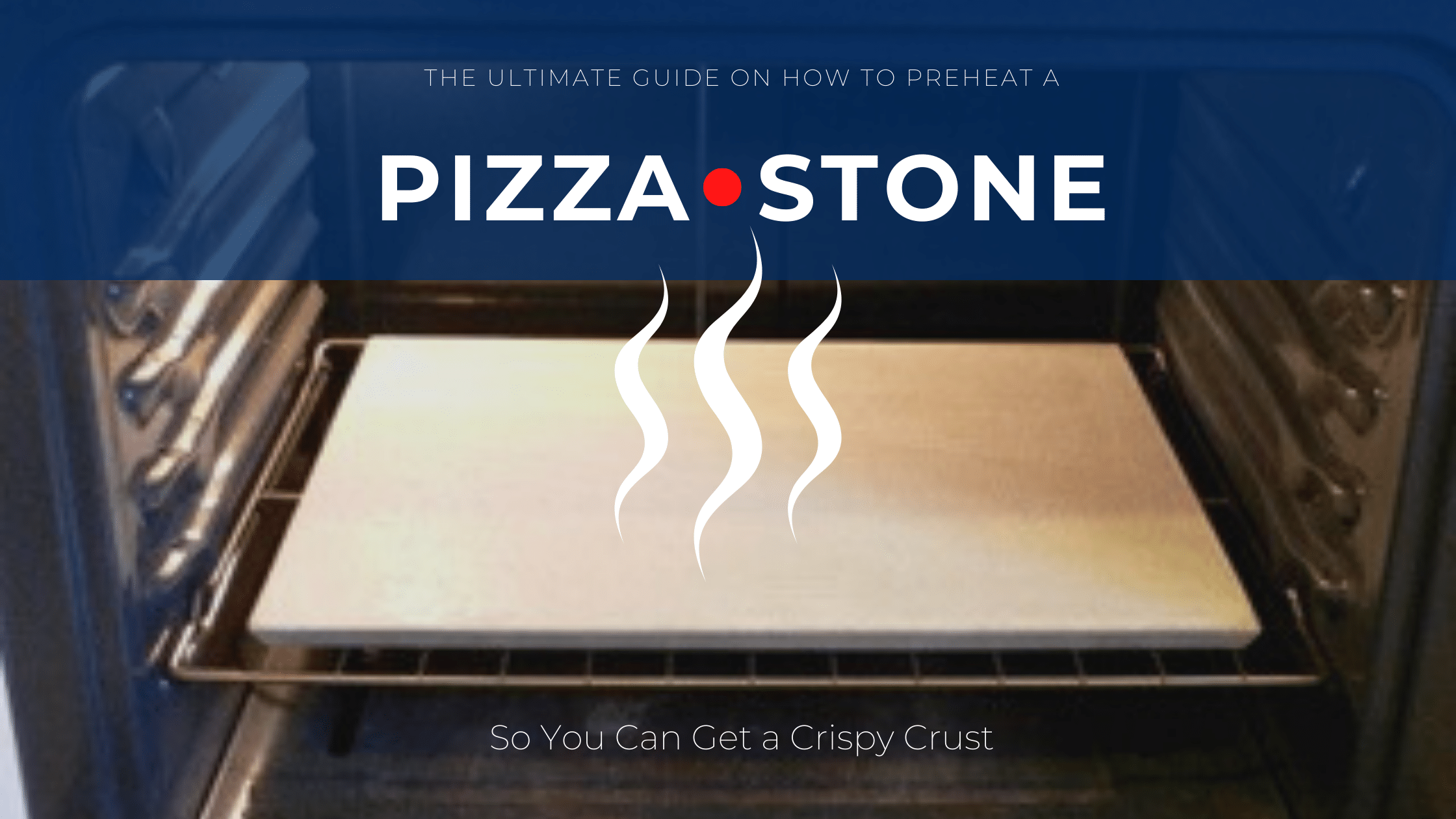
How to Preheat a Pizza Stone: The Ultimate Guide
the PROs
It’s a universally acknowledged truth that nothing quite matches the tantalizing aroma and delectable taste of a homemade pizza, crisped …
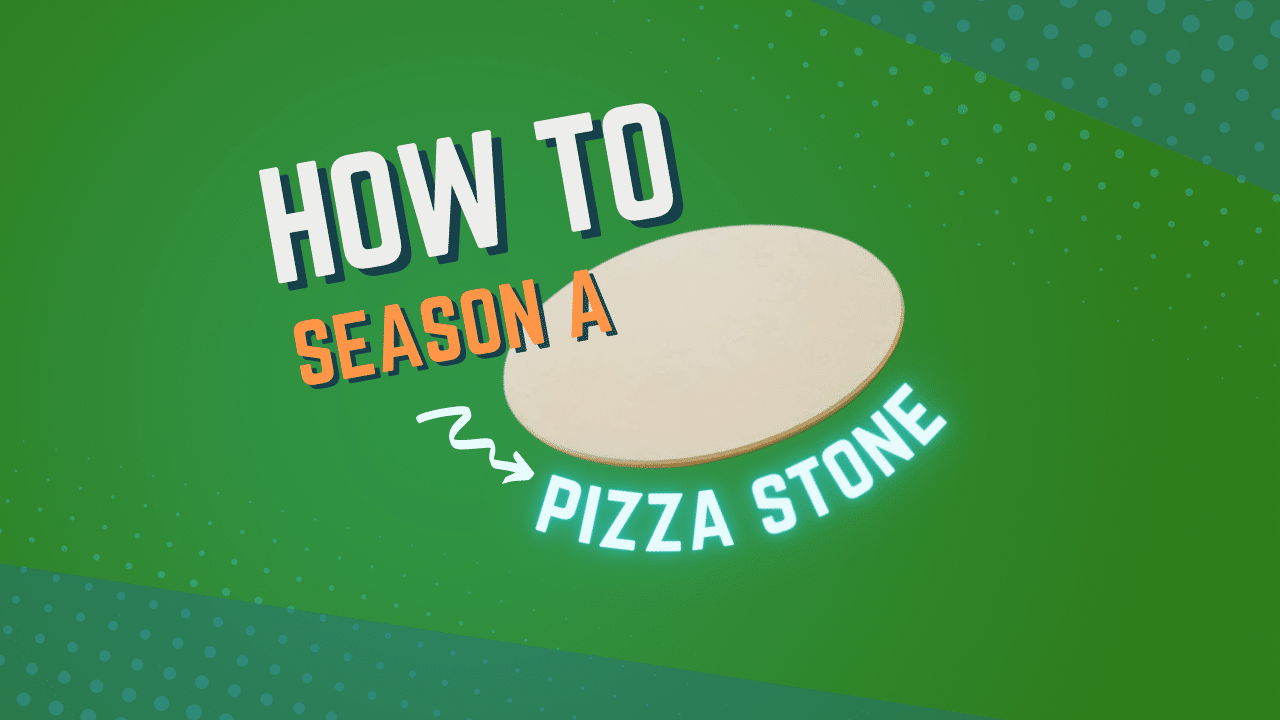
How to Season a Pizza Stone the Right Way!
the PROs
How to Season a Pizza Stone Are you wondering how to season a pizza stone? Today, we’ll look at how …
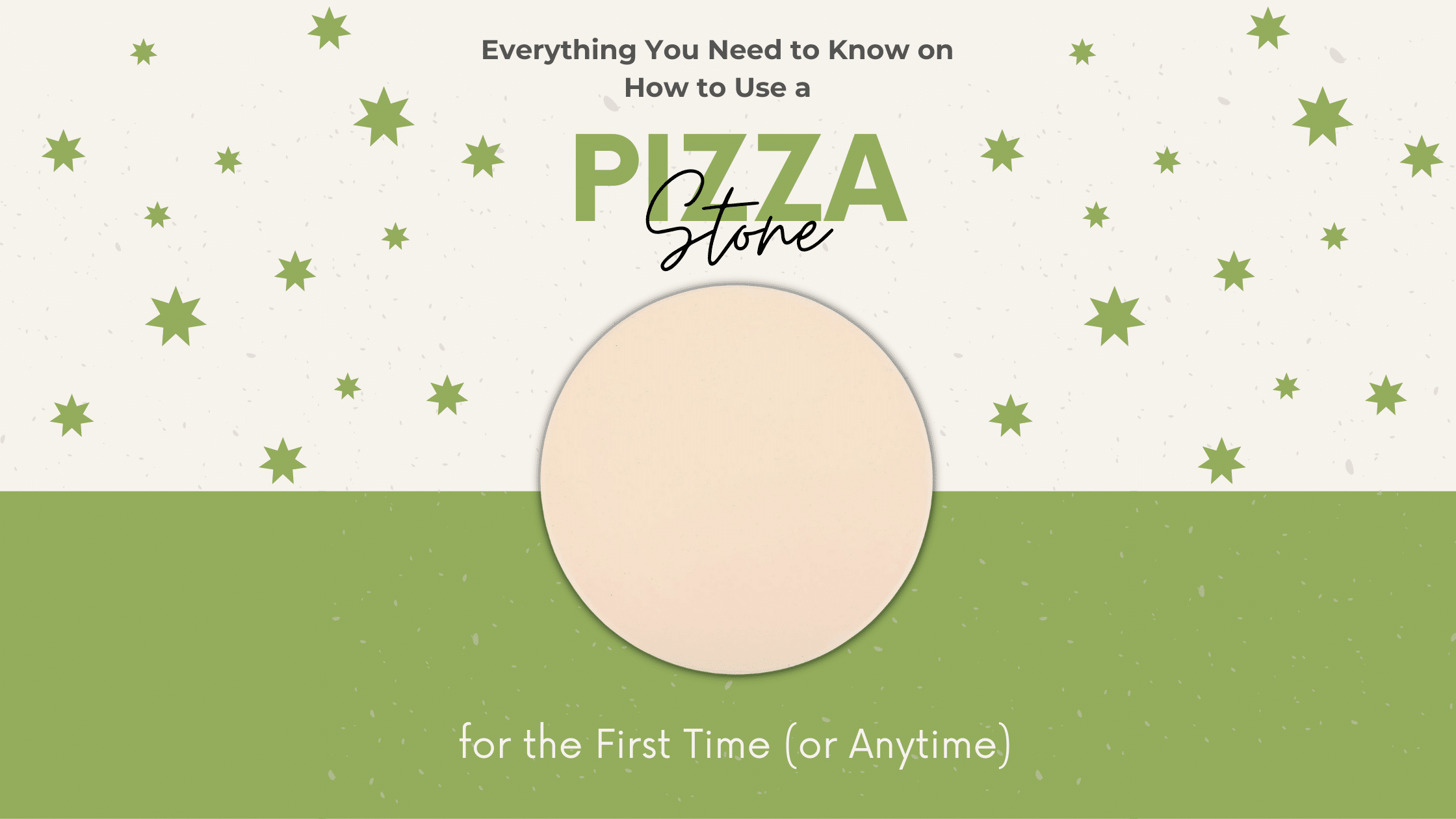
Everything You Need to Know on How to Use a Pizza Stone for the First Time
the PROs
How to Use a Pizza Stone for the First Time If you are a pizza lover, you may wonder how …
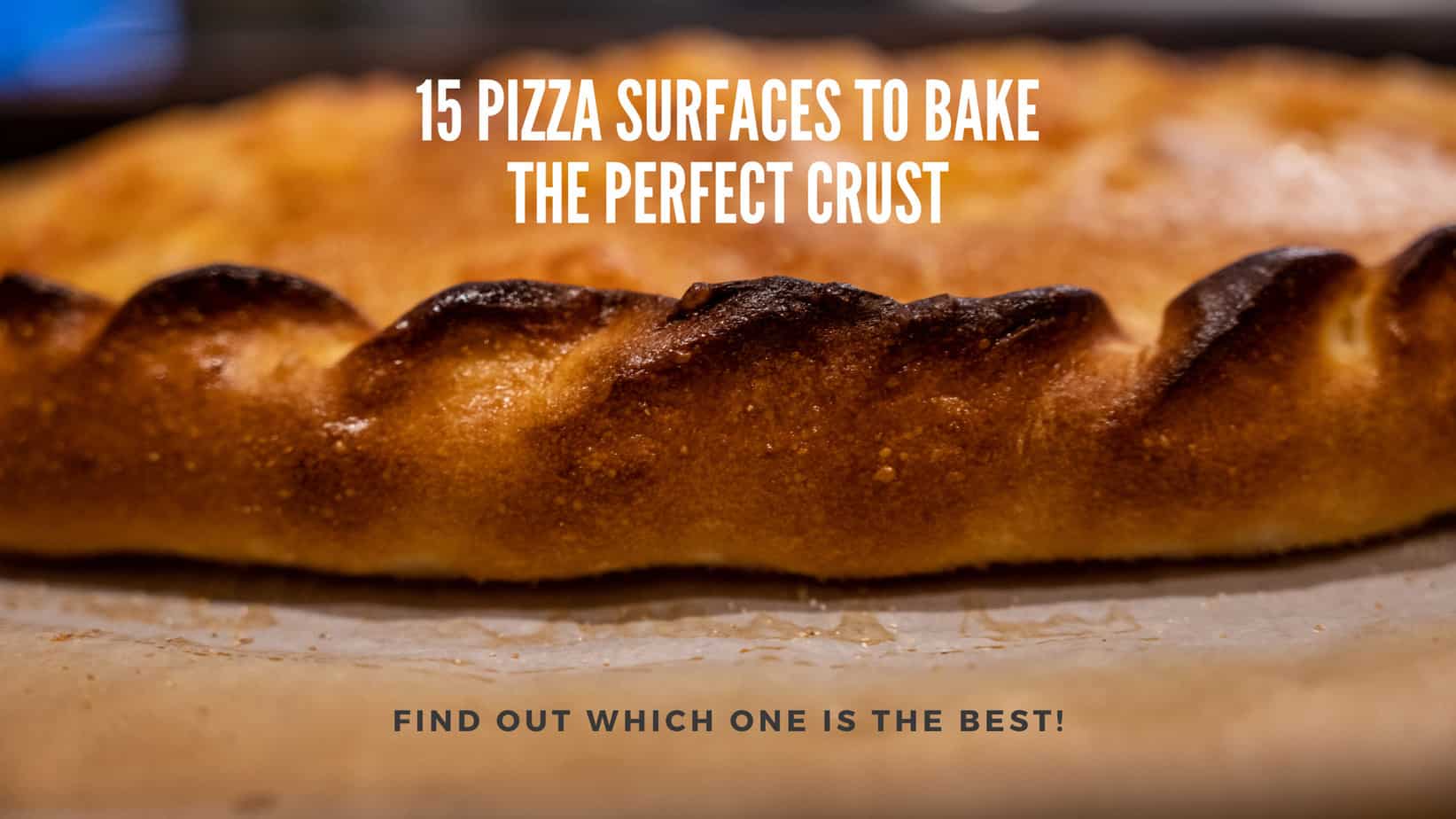
Insanely Powerful Pizza Stone Alternatives that will Give You the Best Crust
the PROs
Find 15 alternatives for a pizza baking surface. You may be surprised as some of them you may already own and some may take you for a spin.
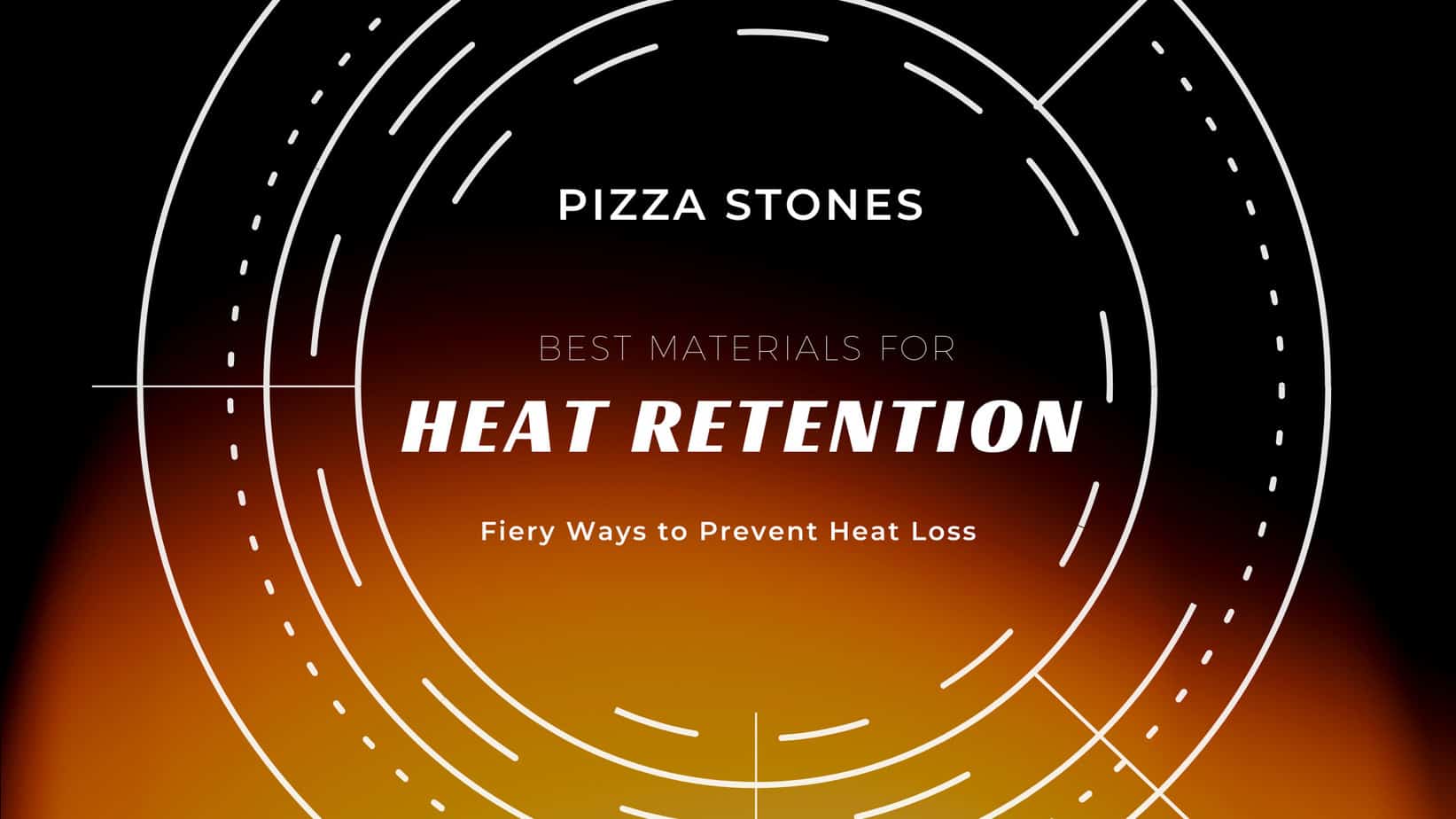
Pizza Stone Heat Retention [Best Pizza Stone Material]
the PROs
Read about pizza stones heat retention and distribution properties, their pros and cons, and which stone might work best for you!

What is a Pizza Stone? Discover the Secret to Perfect Crust Every Time!
the PROs
Do you want to achieve the perfect pizza crust? Now you can. This revamping tool will be the key to the crust you crave.
Enjoy!
Not a PRO? Not a Problem!
Take a pizza class to bring your pizza skills to the next level,
so you can be a PRO!
Related Posts

Costco Pizza Delivery: Find How You Can Get It Now!
the PROs
People go to Costco’s food court for many different reasons, but the cheesy slice of pizza they serve is among …
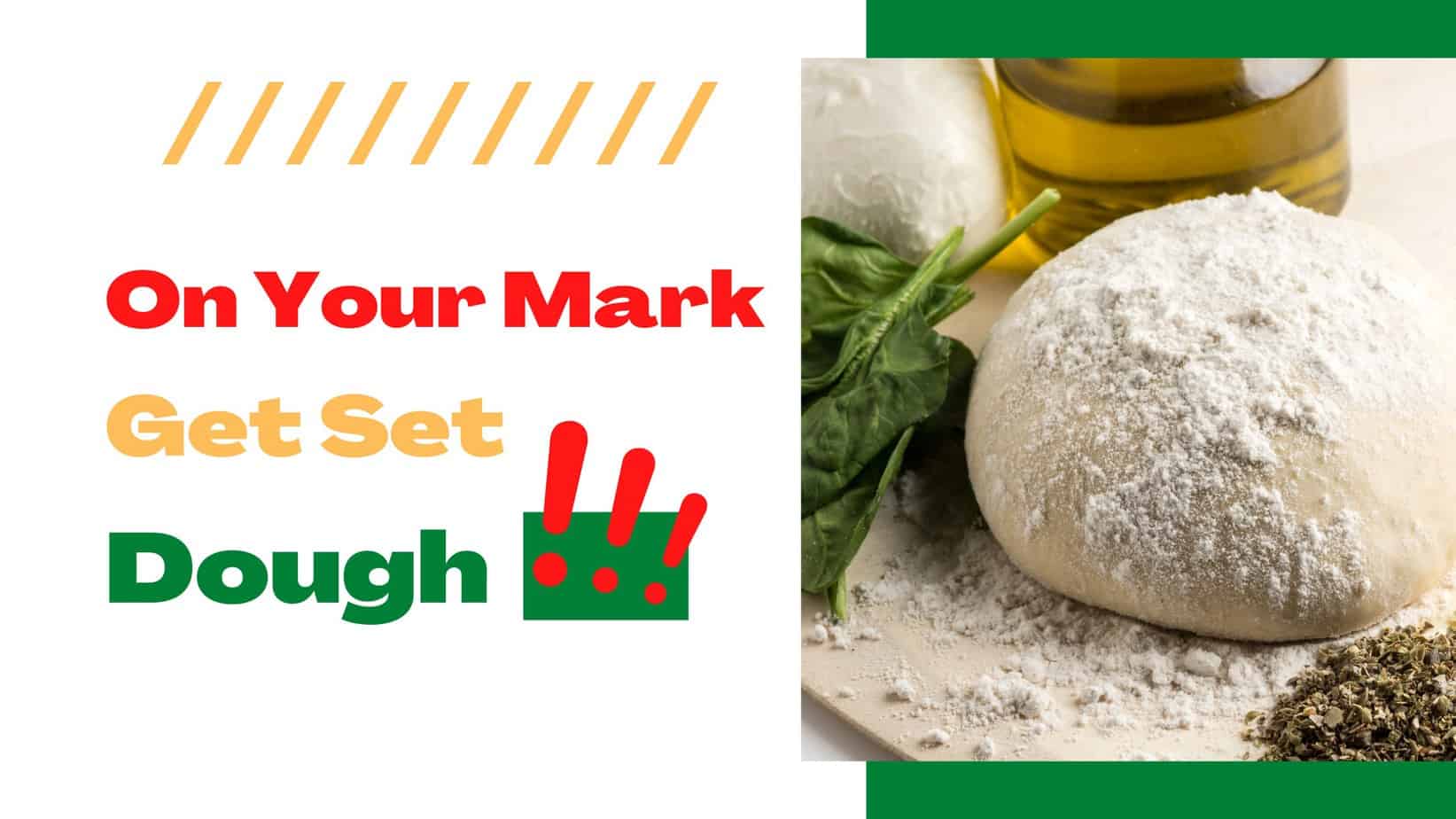
Pizza for Beginners: Don’t Buy Pizza, Make It! Here’s How to Get Started!
the PROs
You have this idea that you want to make pizza at home as opposed to ordering it, but where do you start? Don’t worry! Here you will find answers and directions to all your questions.

Pizza Toppings Under Cheese or Over Cheese? [Why the Order Matters]
the PROs
Is Pizza Cheese on Top or Bottom? Hey pizza lovers, are you wondering if you should layer pizza toppings under …
Newsletter
Subscribe to our Recipe of the Week newsletter and receive our partners’ latest recipes, tips, and discount offers.
Keep in Touch!
